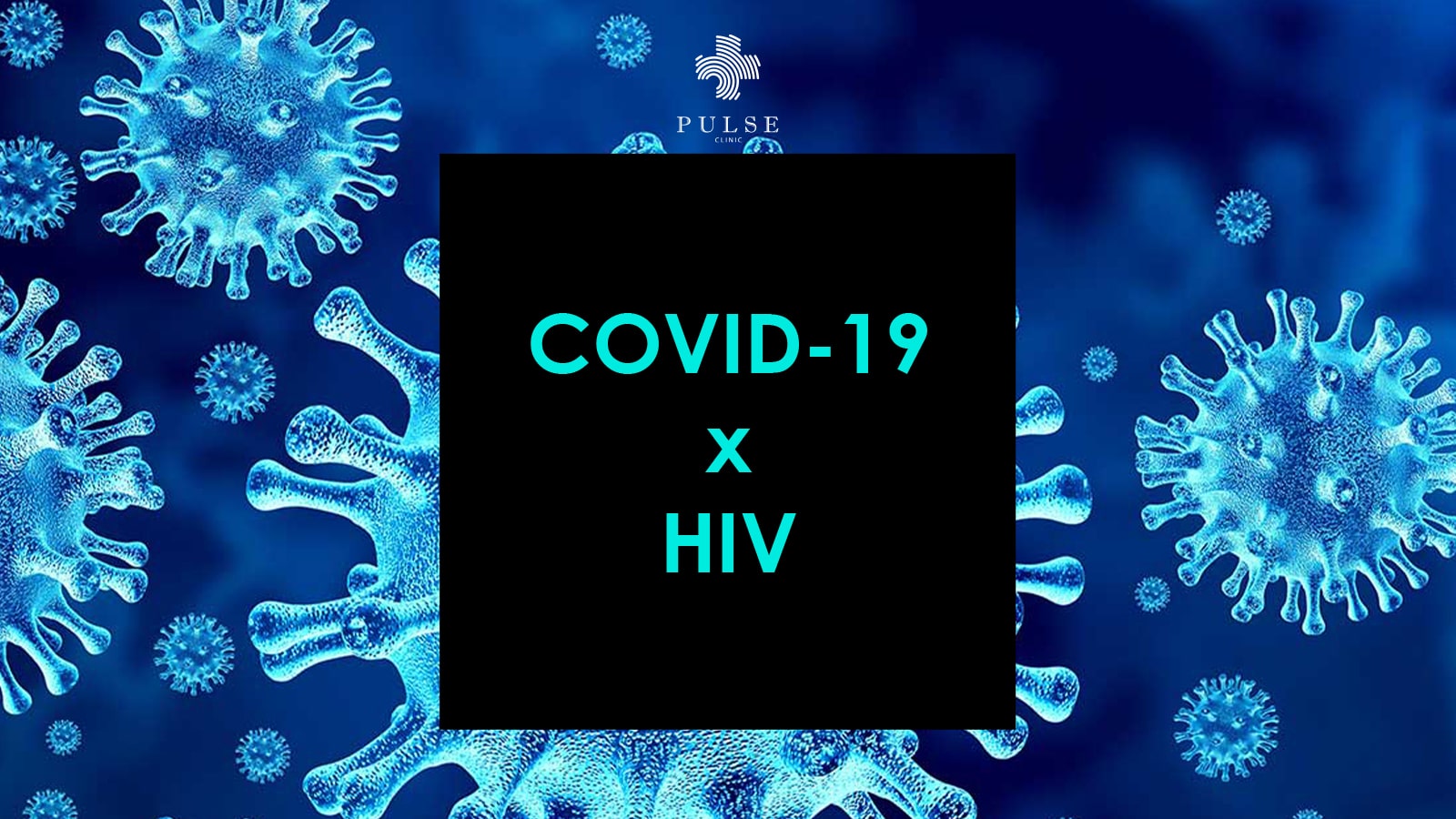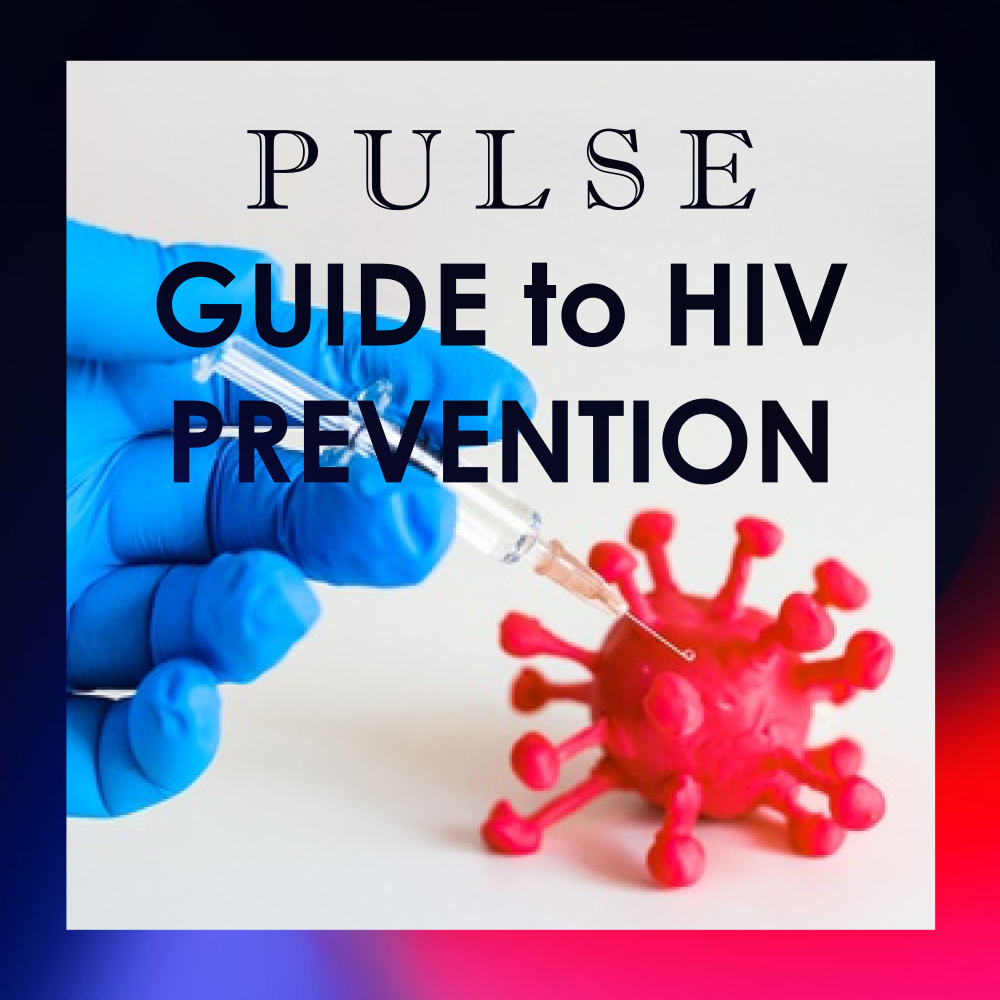Medication Refill
15664
PULSE CLINIC, Asia's leading General Practice Network provide the highest quality diagnostic treatment and continuous care for all.

Written by Dr.Deyn Natthakhet Yaemim (Founding Director) on 6 June 2015
ABOUT DIABETES
According to the World Health Organization, the world is home to over 422 million children and adults with diabetes. They estimate that about a third of them are unaware that they even have the disease. Annually, approximately 1.6 million deaths are directly attributed to the condition, and if left untreated may cause blindness, kidney failure, heart disease, stroke, nerve damage and lower limb amputation.
The difficulty in diagnosing diabetes is that the symptoms often occur over an extended timeframe; on average people with type 2 diabetes go undiagnosed for 4-7 years. More often than not, the physician will make a diagnosis based on complications – heart problems, vision impairment, slow-healing sores, tingling feet – from diabetes, rather than directly from the disease itself.
Personalized diabetes treatment makes all the difference to long-term health, and achieving balanced treatment can be the key to living with both type 1 and type 2 diabetes. A variety of different factors have a role to play in treating diabetes, but the importance of balanced, co-ordinated diabetes treatment for all diabetics cannot be underestimated.
FOUR TYPES OF DIABETES?
- Type 1 diabetes was previously called insulin-dependent diabetes mellitus (IDDM) or juvenile-onset diabetes. Type 1 diabetes accounts for 5% to 10% of all diagnosed cases of diabetes. Risk factors are less well defined for type 1 diabetes than for type 2 diabetes, but autoimmune, genetic, and environmental factors are involved in the development of this type of diabetes.
- Type 2 diabetes was previously called non-insulin dependent diabetes mellitus (NIDDM) or adult-onset diabetes. Type 2 diabetes accounts for about 90% to 95% of all diagnosed cases of diabetes. Risk factors for type 2 diabetes include older age, obesity, family history of diabetes, prior history of gestational diabetes, impaired glucose tolerance, physical inactivity, and race/ethnicity.
- Gestational diabetes develops in 2% to 5% of all pregnancies but disappears when a pregnancy is over. Obesity is also associated with higher risk. Women who have had gestational diabetes are at increased risk for later developing type 2 diabetes. In some studies, nearly 40% of women with a history of gestational diabetes developed diabetes in the future.
- "Other specific types" of diabetes result from specific genetic syndromes, surgery, drugs, malnutrition, infections, and other illnesses. Such types of diabetes account for 1% to 2% of all diagnosed cases of diabetes.
COMPLICATIONS OF DIABETES?
Heart disease Heart disease is the leading cause of diabetes-related deaths. Adults with diabetes have heart disease death rates about two to four times as high as that of adults without diabetes.
- Stroke: The risk of stroke is two to four times higher in people with diabetes.
- High blood pressure: An estimated 60% to 65% of people with diabetes have high blood pressure.
- Blindness
- Diabetes is the leading cause of new cases of blindness in adults 20 to 74 years old.
- Diabetic retinopathy causes from 12,000 to 24,000 new cases of blindness each year.
- Kidney disease Diabetes is the leading cause of end-stage renal disease, accounting for about 40% of new cases.
- Nervous system disease
- About 60% to 70% of people with diabetes have mild to severe forms of nervous system damage (which often includes impaired sensation or pain in the feet or hands, slowed digestion of food in the stomach, carpal tunnel syndrome, and other nerve problems).
- Severe forms of diabetic nerve disease are a major contributing cause of lower extremity amputations.
- Amputations: More than half of lower limb amputations in the United States occur among people with diabetes.
- Dental disease: Periodontal disease (a type of gum disease that can lead to tooth loss) occurs with greater frequency and severity among people with diabetes. Periodontal disease has been reported to occur among 30% of people aged 19 years or older with type 1 diabetes.
- Complications of pregnancy: The rate of major congenital malformations in babies born to women with preexisting diabetes varies from 0% to 5% among women who receive preconception care to 10% among women who do not receive preconception care.
- Other complications
- Diabetes can directly cause acute life-threatening events, such as diabetic ketoacidosis* and hyperosmolar nonketotic coma.*
- People with diabetes are more susceptible to many other illnesses. For example, they are more likely to die of pneumonia or influenza than people who do not have diabetes.
Remark: *Diabetic ketoacidosis and hyperosmolar nonketotic coma are medical conditions that can result from very high glucose level and biochemical imbalance in uncontrolled diabetes.
Trust PULSE CLINIC to take care of your health like other 45000 people from over 130 countries. We provide discreet professional service with high privacy. Here to help, not to judge.
NEW DIAGNOSTIC CRITERIA FOR DIABETES
The new diagnostic criteria for diabetes include the following changes:
- The routine diagnostic test for diabetes is now a fasting plasma glucose test. However, in certain clinical circumstances, physicians may choose to perform oral glucose tolerance test.
- A confirmed** fasting plasma glucose value of greater than or equal to 126 milligrams/deciliter (mg/dL) indicates a diagnosis of diabetes.
- In the presence of symptoms of diabetes, a confirmed** nonfasting plasma glucose value of greater than or equal to 200 mg/dL indicates a diagnosis of diabetes.
- When a doctor chooses to perform an oral glucose tolerance test (by administering 75 grams of glucose dissolved in water, then measuring the plasma glucose concentration 2 hours later), glucose value of greater than or equal to 200 mg/dL indicates a diagnosis of diabetes.
- In pregnant women, different requirements are used to identify the presence of gestational diabetes.
** Except in certain specified circumstances, abnormal tests must be confirmed by repeat testing on another day.
TREATMENT FOR DIABETES
Diabetes knowledge, treatment, and prevention strategies advance daily. Treatment is aimed at keeping blood glucose near normal levels at all times. Training in self- management is integral to the treatment of diabetes. Treatment must be individualized and must address medical, psychosocial, and lifestyle issues.
- Treatment of type 1 diabetes: Lack of insulin production by the pancreas can make type 1 diabetes difficult to control. Treatment requires a regimen that includes a carefully calculated diet, planned physical activity, home blood glucose testing and multiple daily insulin injections.
- Treatment of type 2 diabetes: Treatment includes diet control, exercise, home blood glucose testing, and in some cases, oral medication and/or insulin. Approximately 40% of people with type 2 diabetes require insulin injections.
updated on 20 February 2021.
Trust PULSE CLINIC to take care of your health like other 45000 people from over 130 countries. We provide discreet professional service with high privacy. Here to help, not to judge.







